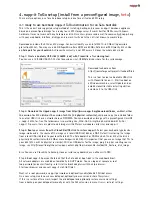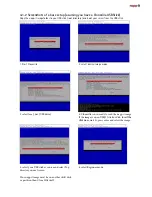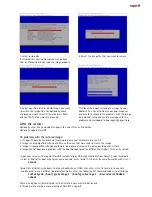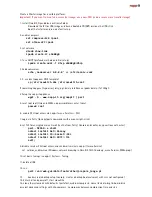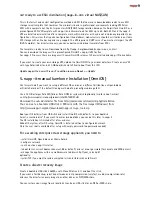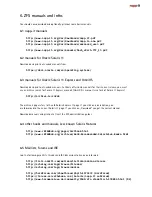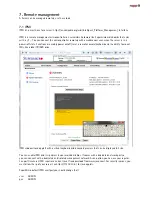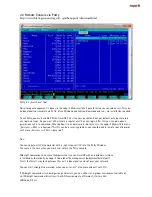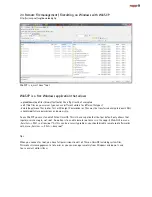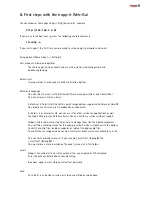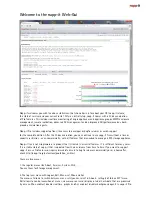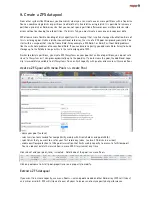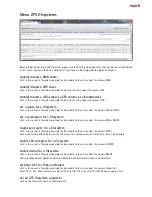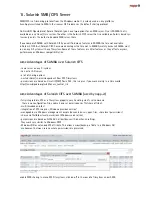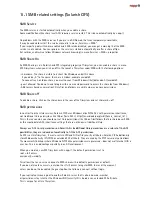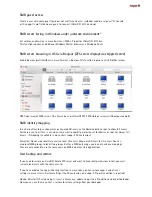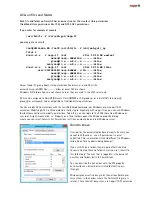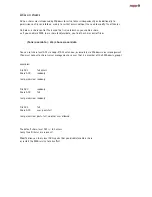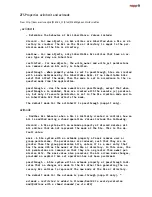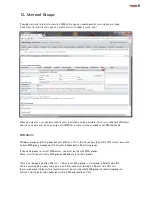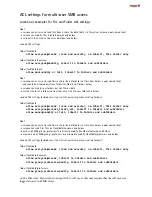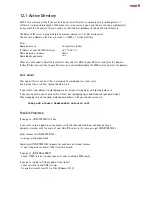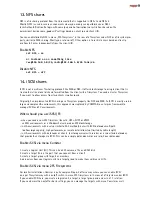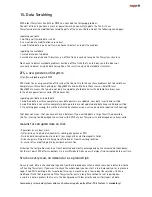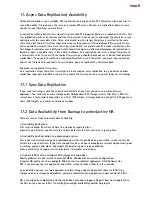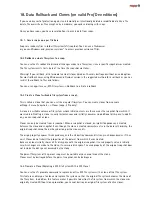
10. Create a ZFS filesystem
From other systems like Windows, you know partitions that you can format in FAT32 or NTFS. This is similar to
OmniOS and ZFS with the difference, that you always format to ZFS and that the size of a filesystem can grow
dynamically up to poolsize. You can limit the available capacity of a filesystem with quotas and ensure with
reservations. This is called storage virtualization.
Basically it is enough to create a single filesystem and use traditional folders below to organize your data. But
as every filesystem can have different ZFS properties, can be replicated and has its own snapshots, it is common
to use as many filesystems as you like, up to thousands (example one filesystem per user).
create a ZFS pool with menu ZFS Filesystems >> create
- select your pool (ex tank)
- name your new filesystem (ex userdata)
- select case sensitivity (Unix is case sensitive, Windows not - for a SMB server use the „Windows-behaviour“)
- set immediate SMB sharing on or off
- other settings like atime, nbmand and recordsize
click submit and you have created a filesystem, optionally with SMB sharing enabled. You can now connect
from Windows as user root as you do not have created other users yet. Default permission is everyone=modify.
Create more filesystems ex vm when needed (ESXi datastore)
Summary of Contents for ZFS Storage
Page 8: ...3 1 ZFS Configurations...

